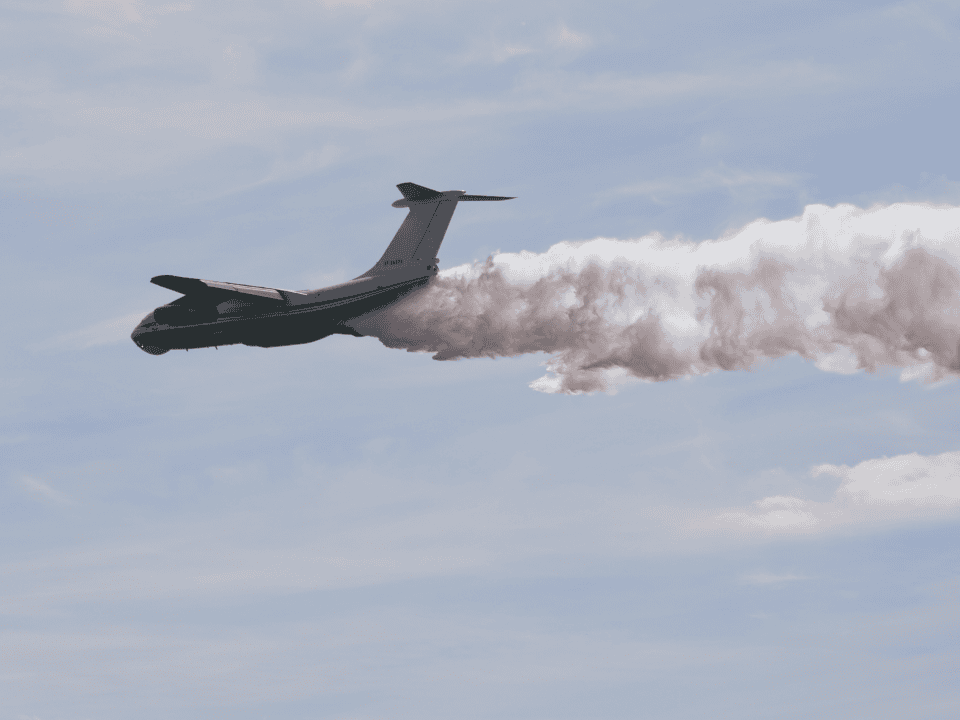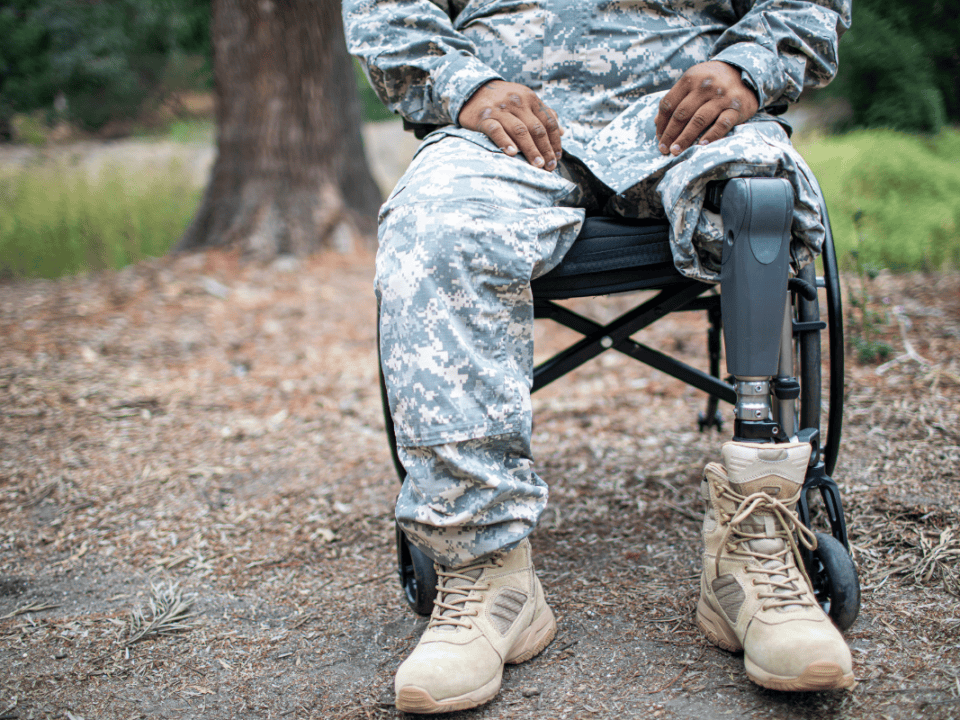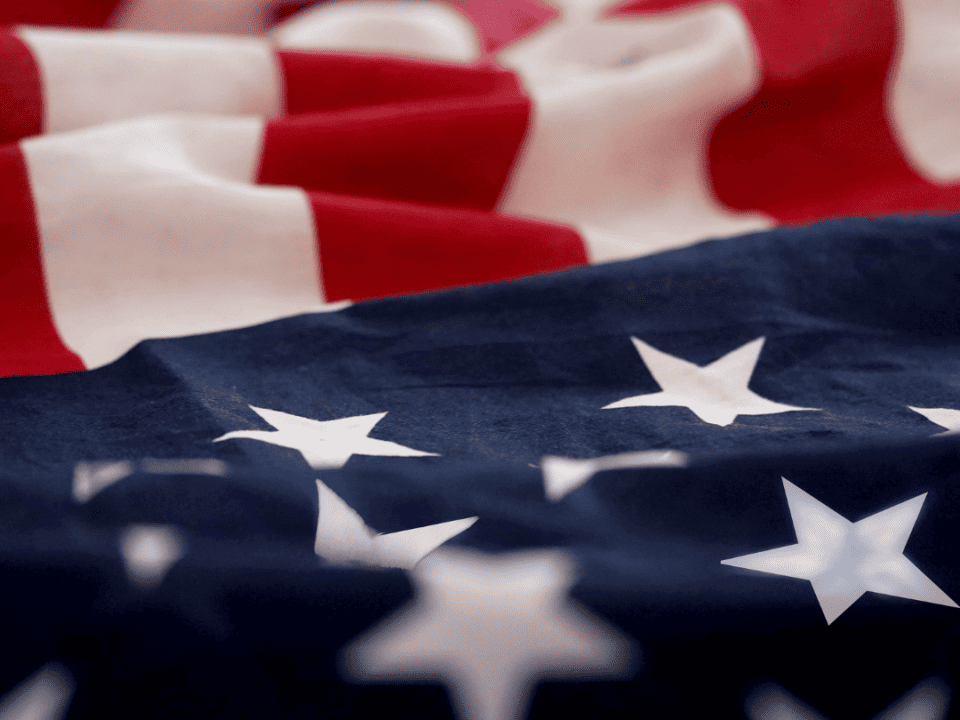
As early as 440 B.C., the first case of chronic mental symptoms caused by sudden fright in the battlefield is reported. Found in the account of the Battle of Marathon by Herodotus, it involves a brave man suddenly stricken blind after witnessing the death of the man at his side. [1] In modern warfare, the mental toll of the aftermath of war has had many labels, ranging from World War I (“shell shock”); World War II and Korea (“combat fatigue” or “war neurosis”); to Vietnam, Iraq, and Afghanistan [(post-traumatic stress disorder (PTSD)].
In studies by the Department of Veterans’ Affairs (VA), it was determined that 700,000 (25%) of all veterans of the Vietnam War had readjustment problems related to their military experience, including but not limited to PTSD. Similar percentages are appearing in studies of veterans of Iraq and Afghanistan.
For years after Vietnam, there were no definitive psychiatric standards which could be applied to assess the symptomology suffered by hundreds of thousands of veterans who were exposed to the horrors of war during their service in-country. Finally, in 1980, the American Psychiatric Association in the third edition of the Diagnostic and Statistical Manual of Mental Disorders (DSM III) recognized PTSD as an anxiety disorder thereby giving the disorder a distinct psychiatric nomenclature.
The key component of PTSD in the DSM III is a “stressor” which is exposure to a traumatic event that the person witnessed or was confronted with that involved actual or threatened death or serious injury. The person’s response involves fear, helplessness, or horror. A veteran suffering from PTSD may be gripped with a psychological numbness after the event which could continue for weeks, months, or even years.
Military veterans with PTSD may also suffer:
- guilt over surviving when others did not
- anxiety or nervousness
- depression or deep sadness
- nightmares
- flashbacks
- difficulty in developing close relationships
- marital discord
- alcohol and drug abuse as a form of self-medication
- difficulty with sleeping, concentration
- difficulty with or loss of focus
- avoidance of certain memories
- and depression.
Military experiences which result in PTSD could include the violence of combat, confinement as a POW, witnessing the death of a close friend, witnessing or committing a violent act, attending the seriously injured or handling the dead or body parts in a military mortuary. Non-combat PTSD, or developing PTSD even though the individual never saw combat, is also common.
The development of PTSD may be immediate. It may also be more insidious, with a delayed onset of symptoms over many years. The key for any veteran or the family member of a veteran is to recognize the symptoms of PTSD and seek psychiatric care either through the VA or a civilian treating source. Those who have a loved one with PTSD can find some advice on what to do here. The Rand Corporation in its study of psychological and cognitive injuries has labeled PTSD, traumatic brain injury, and major depression as the Invisible Wounds of War. In later articles, we will focus on each of these disorders and the VA claims process that relates to how the veteran seeks compensation.
If you’re looking to speak with someone regarding PTSD, working with the VA, or any other aspect of veterans’ affairs, contact Bluestein Attorneys for help. You can reach us by phone at (803) 779-7599 or online to request a FREE consultation.
*This article appeared in the February 7, 2014 issue of the Columbia Star weekly newspaper.
[1] History, Book VI, transi. George Rawlingson




